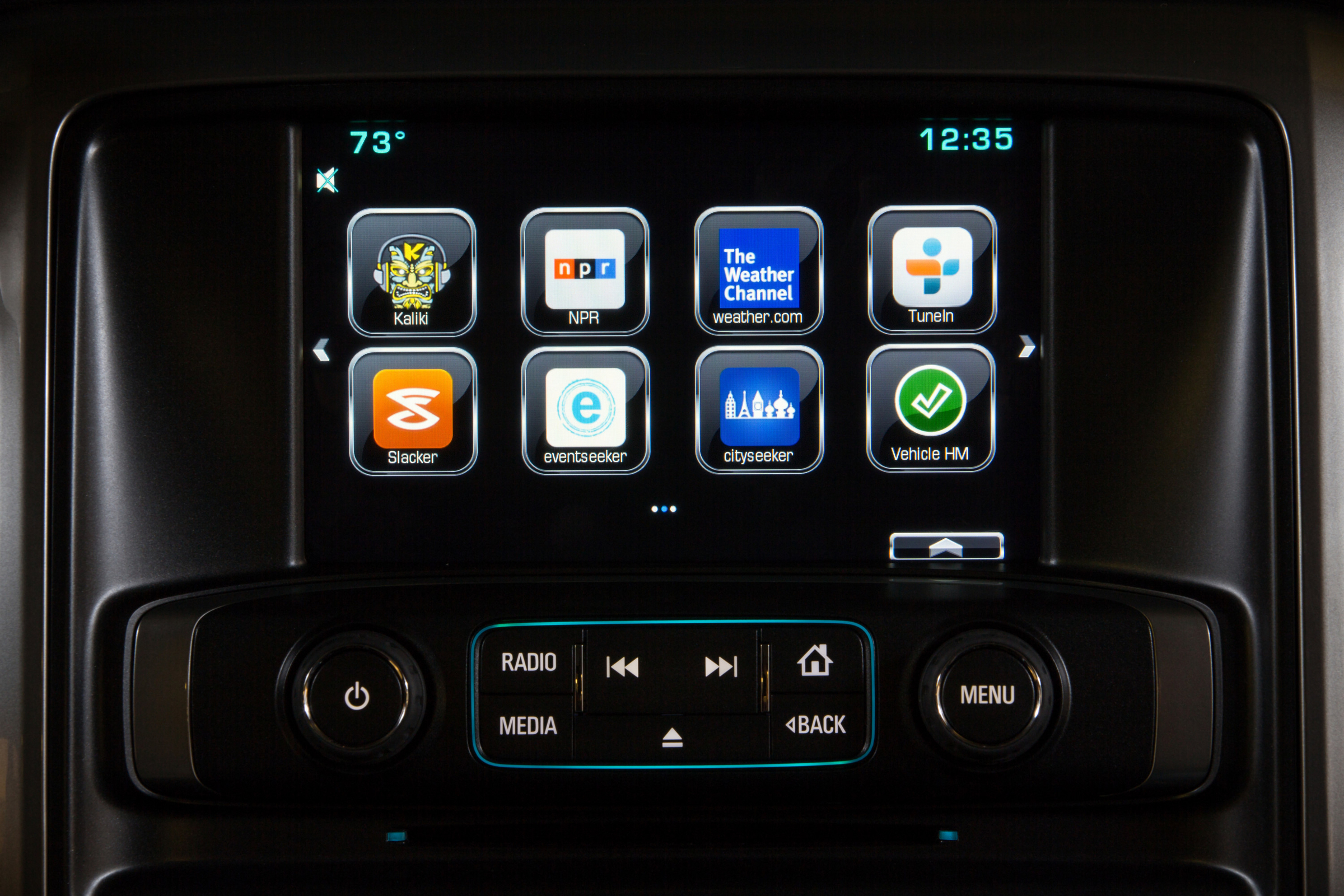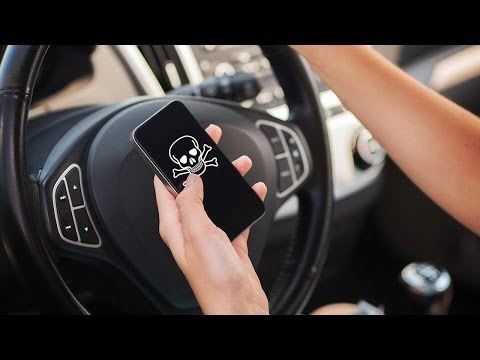Smartphone in Cars: “Engaging, Potent and Distracting!!!”
“National Transportation Safety Board (NTSB), United States has found that the increased use of portable devices like smartphones has led to an increase in crashes and fatalities.”
One of the greatest features of a modern smartphone is the ability to completely replace your car GPS and infotainment system. There are plenty of navigation apps, such as Google Maps, Apple maps, Nokia ovi maps for location services and turn-by-turn directions, Waze for crowd-sourced road data to apps like Foursquare that helps to find interesting places.
![]()
But the US Department of Transportation (DoT) isn’t an admirer of smartphone navigating. In fact, it is trying to gain regulatory control over driving apps such as Google Maps. Since, distracted driving is the cause of majority of accidents in USA while drivers looking at directions in their mobile phone. “Transportation Department officials preserve that they already have the authority over navigation aids and just want it distinctly written into law.”
Though there is no other way round, the technology is going through a paradigm shift, use of smartphones and in-built apps has increased astoundingly. It has become a practice by most smartphone users to refer a basic navigation help like Google Maps and Apple Maps while driving. Therefore, It would be really dreadful if these navigation aids forces drivers to take his eyes off the road resulting into a mishap.

Although as a preventive measure, many apps warn drivers that “using the service while you drive is strictly prohibited.” Some smartphone apps prevent a report when the car is in motion unless the user hits a button saying a passenger is making the entry. Unfortunately, there is nothing to prevent a driver from hitting the passenger button. Also no such technology has evolved in the recent times to avert a driver from using smartphone apps.
Automobiles have also grown more technologically sophisticated more filled with screens and media and material to read. At this point, realistically there’s no going back to the days of basic dashboards and radio dials. Safety expert says that multi-tasking while driving causes slower reaction times and increases your chances of getting into a collision.
Subsequently, there are only two ways left to tackle the problem of distracted driving. We could try to get people to cut down on all of the stuff that’s distracting them — texting, taking phone calls, fiddling with in-car navigation screens at 50 miles an hour. Or we could allow the drivers to keep doing all of those things anyway and try to mitigate the harm.
Therefore, currently navigation apps are a gray area when it comes to law banning the use of cellphones or texting while driving. Drivers talking or texting on a cell phone is currently an important issue for many lawmakers because it involves all three kinds of distraction (visual, manual, and cognitive). This makes cell phone conversations and use among the most distracting behaviors people engage in behind the wheel.
Hands-free use and technology intervention can help:
Using a hands-free device gives you a boost in safety but it doesn’t completely eliminate all distractions associated with talking on a cell phone while driving. National Safety Council (NSC), USA studies reveal that hands-free drivers are still less likely to notice exits, red lights, stop signs and other cues relevant to driving. So, you’ll be able to keep your eyes on the road and hands on the wheel but there’s still a level of cognitive distraction involved.

Cars coming with built-in LTE technology can be a boon to overcome distraction while driving. Using 4G LTE technology, cars will be able to connect to the Internet independently and utilize custom-made apps all on their own. Major brands such as Audi and GM have already recognised that LTE is the future of mobile connectivity by planning to bring LTE-connected vehicles to market as early as this year.
Also research is going about selecting legible typefaces on screens of a running car. Seeing the advancing use of digital displays in vehicles efforts to objectively evaluate legibility and different interface characteristics may help automakers and in-car apps manufacturer better meet governmental distraction guidelines while providing the driver with an enjoyable experience from showroom to the road.
Industry Involvement:
Companies like Apple, Samsung and Google are at the forefront of latest technology for smart driving using smart phone platform. These companies are also starting to realize that, although smartphones and other portable devices simplify and organize someone’s life, they are causing destruction on our roads and highways.
Because distracted driving is on the rise all across the country- Apple has sought out and published a patent for a new lockout mechanism to prevent smartphone users from texting on their device while on the wheels.

“National Transportation Safety Board (NTSB), United States has been analyzing data from thousands of crashes over the past 10 years. They have found that the increased use of portable devices like smartphones has led to an increase in crashes and fatalities.”
Both the NTSB and technology companies like Apple, Google and Samsung are starting to realize that devices that do not support actual task of driving has no place in the interior of a vehicle. The NTSB supports apps and software that can disable distracting devices while driving and would like to see enforcement of no-texting. When distracted driving begins to be regulated on the same level we may finally begin to see a decrease in traffic crashes and distracted driving fatalities.
Conclusion:
Anything that do not distract driver is important. Any increase in a driver’s reaction time increases the likelihood of being unable to avoid an upcoming hazard. “Styling” should always be secondary to the prevention of crashes, injuries and death.
The government and vehicle manufacturers are hopeful that the in-car smartphone apps and the infotainment industry would continue to look at every possible way to reduce driver distraction. A fraction of a second could mean the difference between life and death in motor vehicle crashes.
[show_avatar email=10 show_name=true show_biography=true]


